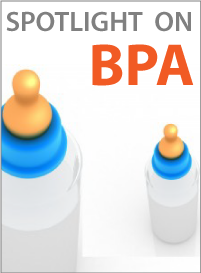Our Deadly, Daily Chemical Cocktail
 Tuesday, May 3, 2011 at 01:28PM
Tuesday, May 3, 2011 at 01:28PM Food writer, Kristen Wartman, discusses the chemical body burden of food additeives, preservatives, and coloring. Here is a snippet...
Yet while the FDA drags its heels and hedges on the safety of these substances, Americans are exposed to untested combinations of food additives, dyes, preservatives, and chemicals on a daily basis. Indeed, for the vast majority of Americans consuming industrial foods, a veritable chemical cocktail enters their bodies every day and according to the GAO report, "FDA is not systematically ensuring the continued safety of current GRAS substances."
The term GRAS refers to "generally regarded as safe," the moniker the FDA uses to regulate food additives, dyes, and preservatives. The trouble is this system is not effective. Dr. Michael Hansen, a senior scientist at Consumers Union, said in an interview that many additives in our food supply are never even tested. That's because the GRAS designation is a voluntary process -- instead of being required to register food additives, companies can notify the FDA about their product, but only if they so choose. Hansen added that even for those additives considered GRAS, he didn't have much faith in the designation.
Read the full article at the Huffington Post or at Wartman's blog



